A team comprising of two people visited Indonesia to troubleshoot the issues with cimel sunphotometer across various sites in Indonesia, and train them. During the training, Dr. Pawan Gupta, the AERONET Lead of Nasa covered the topics related to the introduction of AERONET and usage of its data, while Amit Bhujel from APAC covered the instrumentation part. The trip extended from the 16th to 21st of June.
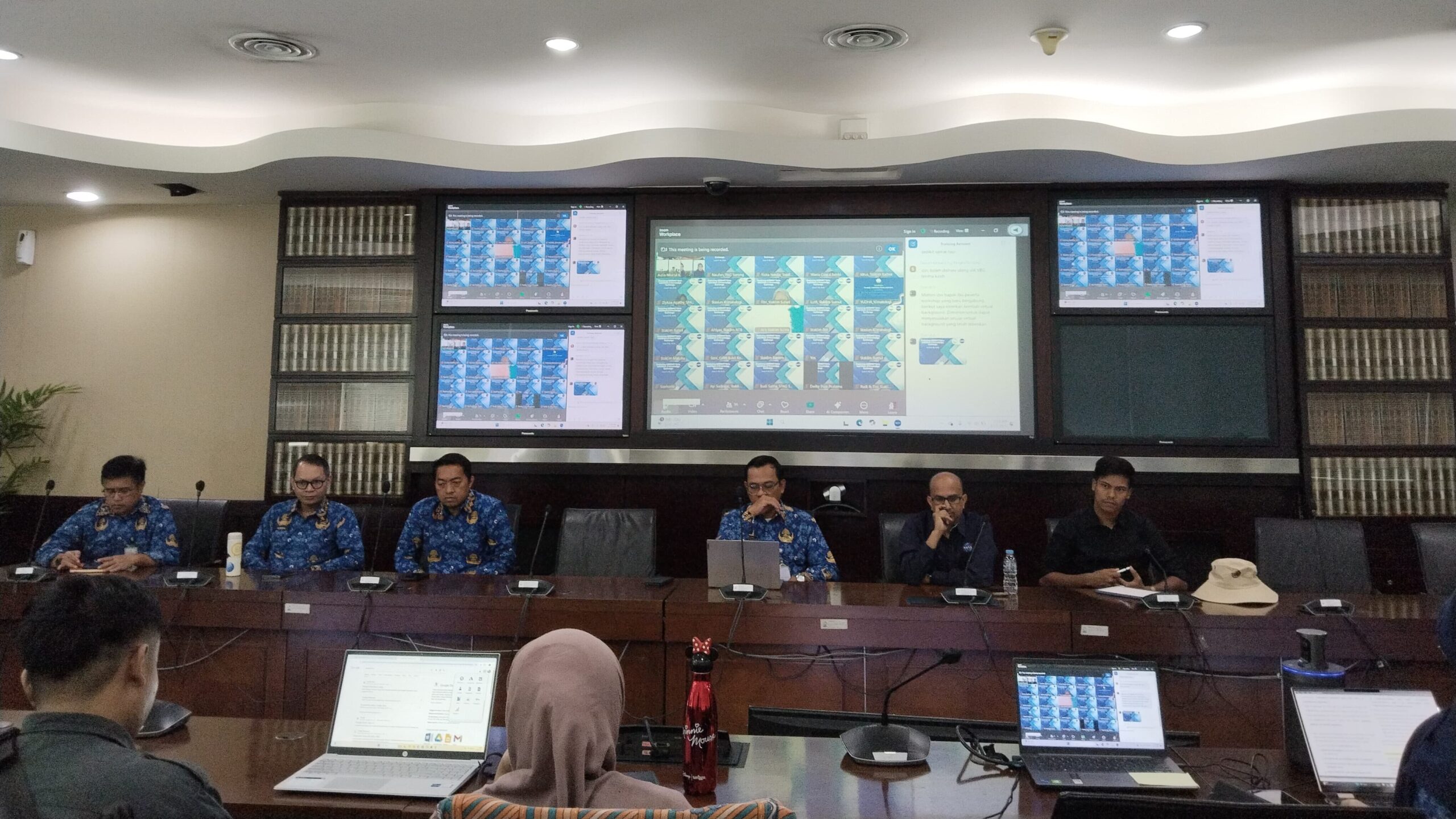
Jakarta
The first part of the training was conducted in the premises of Badan Meteorologi, Klimatologi (BMKG), Jakarta. It is an Indonesian non-departmental government agency for meteorology, climatology, and geophysics. More than 60 participants participated the hybrid-format training, out of which, about 20 participants were physically present, while the rest attended it online.
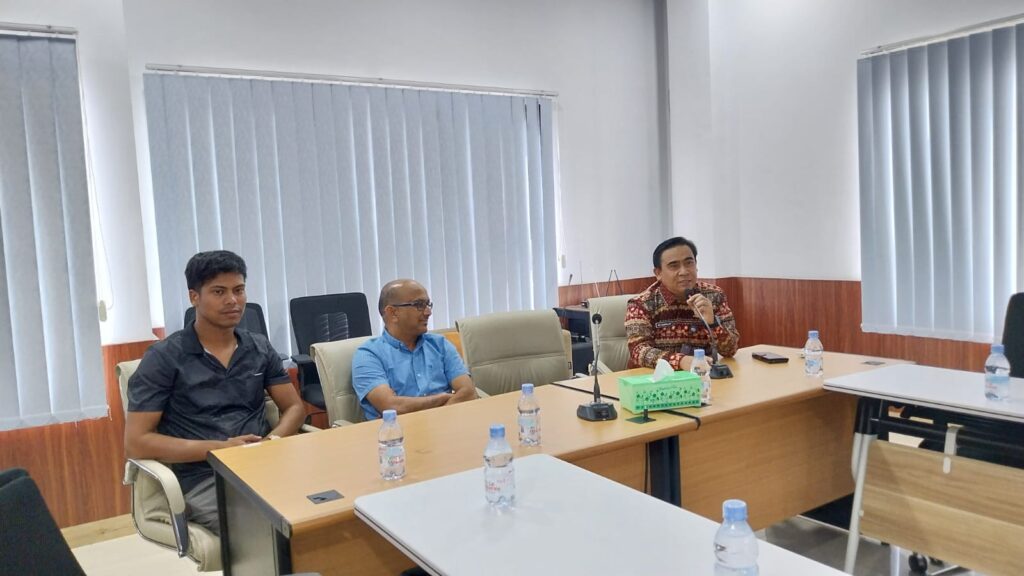
The training started with a formal session. During the session, the director of BMKG welcomed the resource persons from AERONET and APAC. Also, the souvenirs were exchanged.
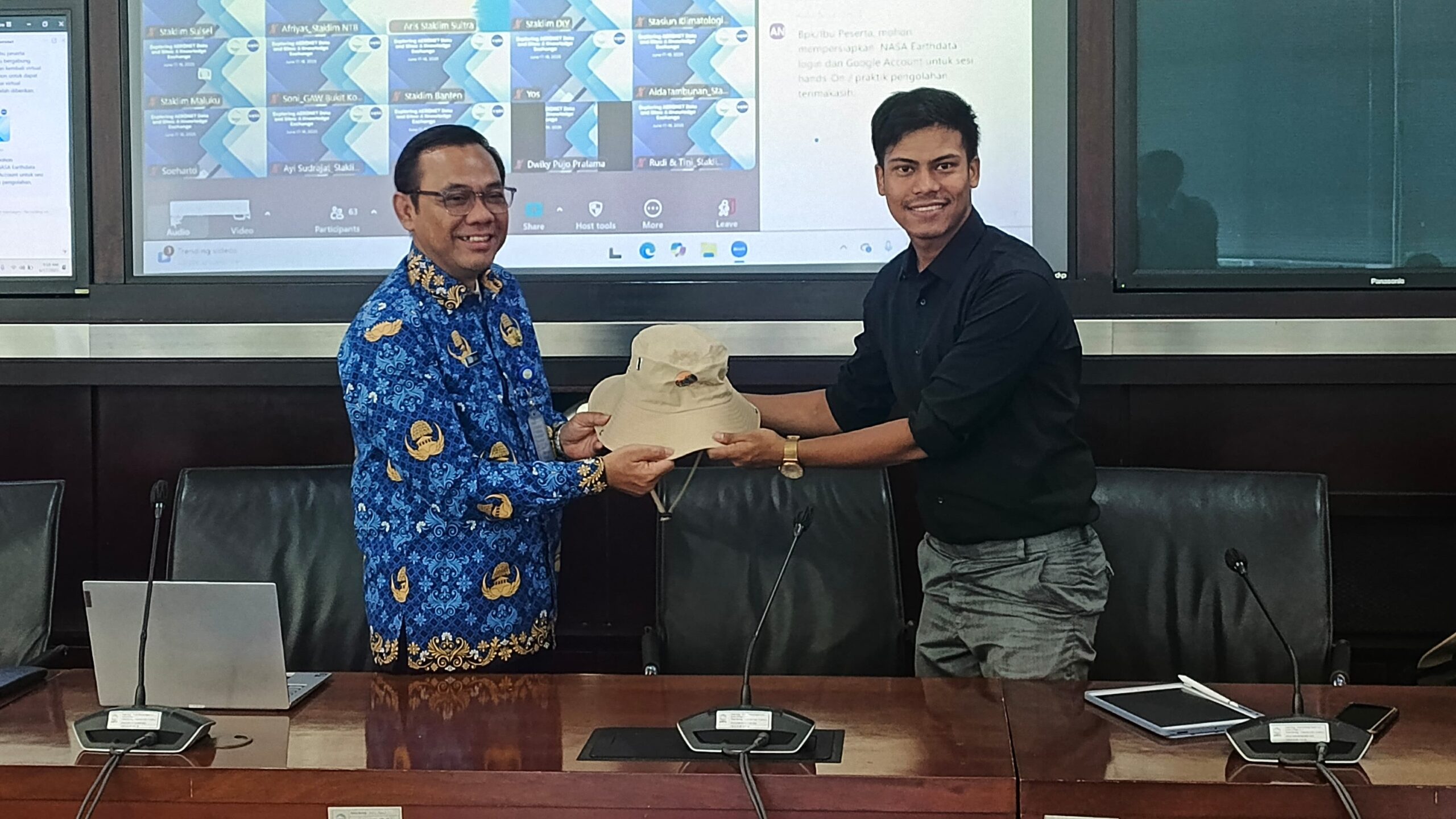
During the training session, Dr. Pawan Gupta introduced the AERONET and its working principles among the participants. Then he walked the group through the aeronet website to show how they can view and download the data. He also shared the codes to visualize the aeronet data and combine them with other remote-sensing data to better understand the aerosol distribution.
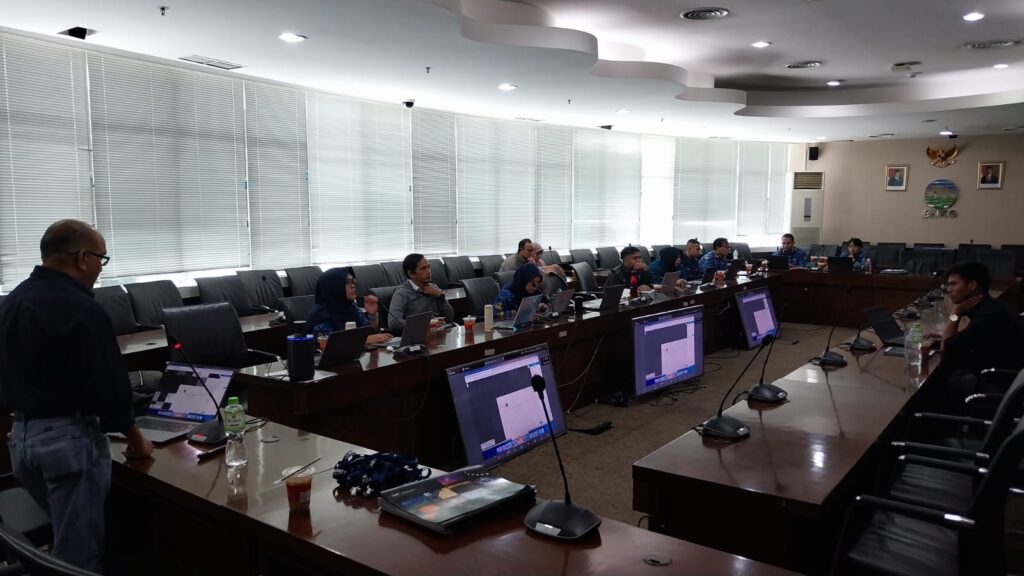
During the training, Amit gave a brief introduction to the participants on how to install the cimel sunphotometer and the steps they need to perform regularly to mantain high data quality. The participants present on site site practiced the installation and maintenance procedure.
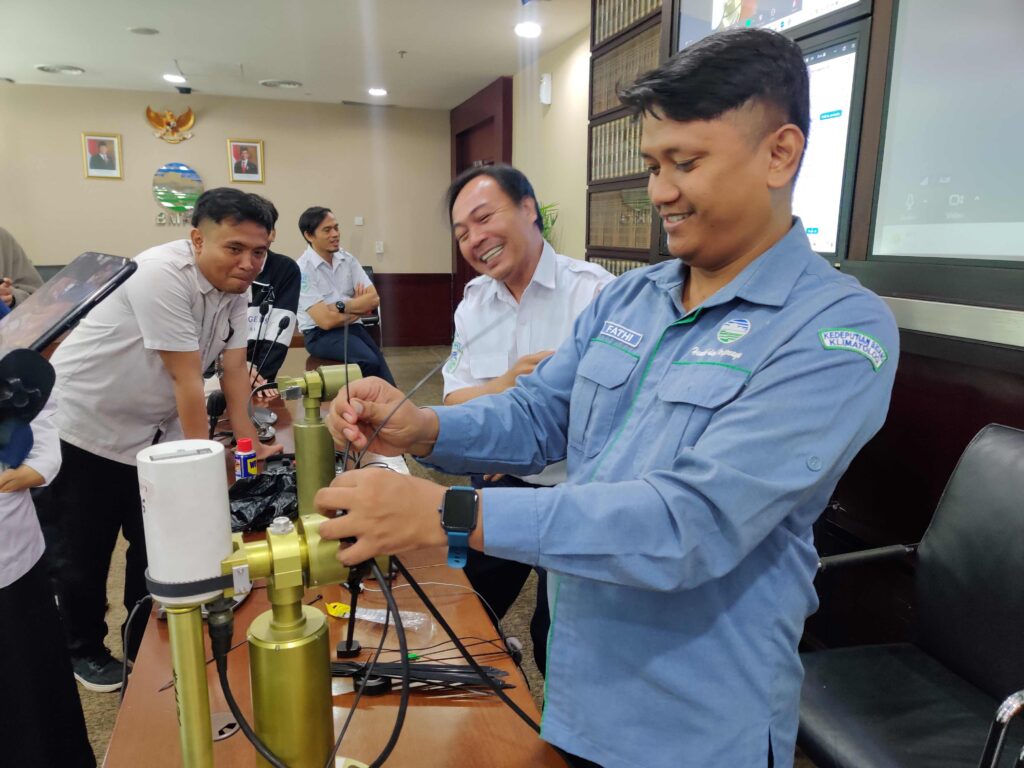
Bandung
Bandung lies to the east of Jakarta. The cimel sunphotometer is located in the premises of Bandung Institute of Technology. There, the cimel sunphotometer had issue of bad connection of the robot cable. The problem was troubleshoot with the active participation of the students of the lab of Prof. Puji Lestari.

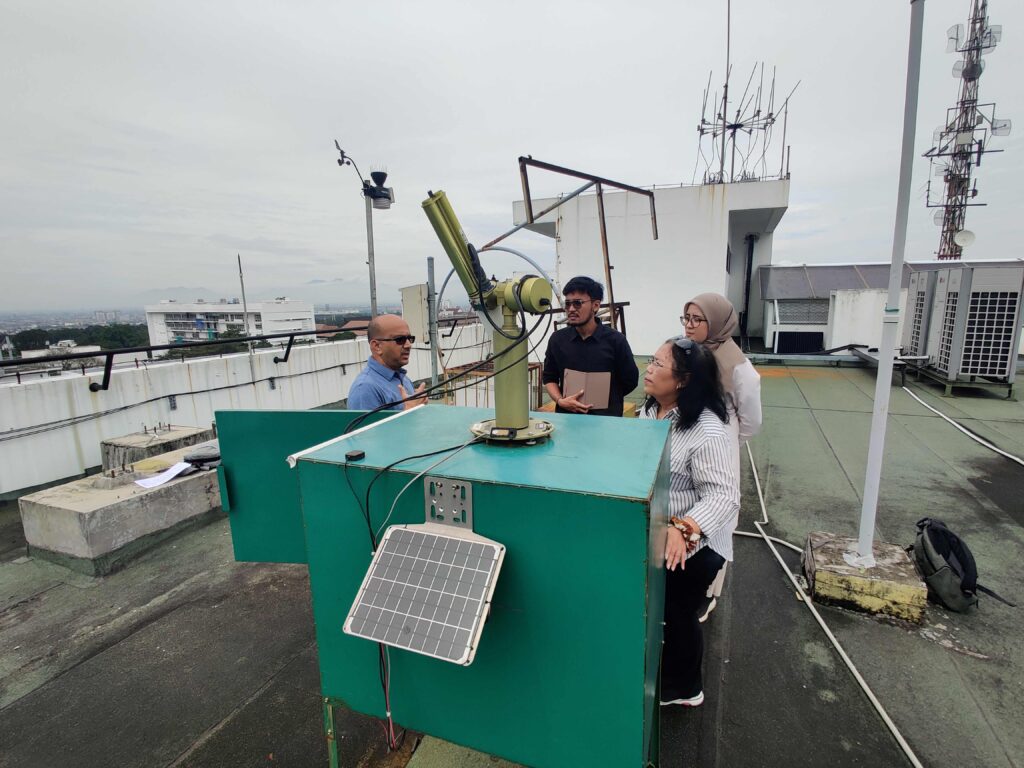
Makassar
Makassar is an island situated in the north-east of Jakarta. We had a short review of the training and proceeded for hands on training and troubleshooting. The spring washer of the zn-robot nut was loose, which was causing the robot to change the direction frequently. After solving the issue, the participants were trained hands-on on how to maintain the instrument and troubleshoot frequently arising problems.
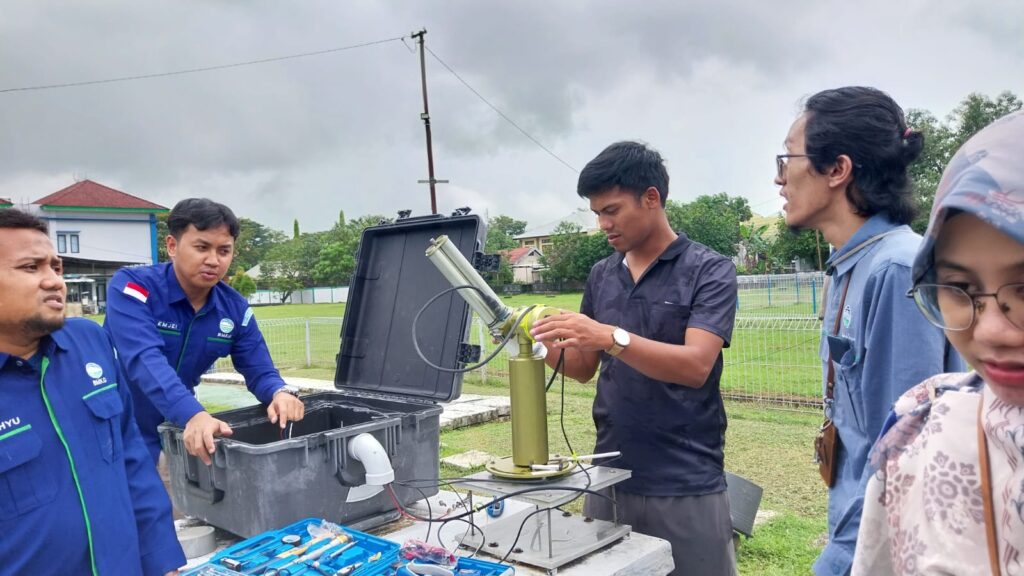
Remote Troubleshooting
Apart from the sites visited, some other sites also had issues. those issues were resolved by suggesting the solution to the site manager.
The issues in the siteswere reviewed, discussion with the site manager and suggested the site manager to solve the issues. Based on that, the parts were disseminated to the sites. By the end of the trip, most of the issues in the cimel sites of Indonesia were resolved.
Conclusion
To summarize, Although it was a short trip, a wide range of issues and trainings could be covered. From this training, we expect that the site managers can maintain the instruments properly, troubleshoot frequently arising problem, and follow the instructed provided by the AERONET and APAC team if there are any major issues with the instrument. On the data site, we expect that the participants can use the AERONET website to check the instrument status, download the data, and use the code provided by AERONET to visualize the data.

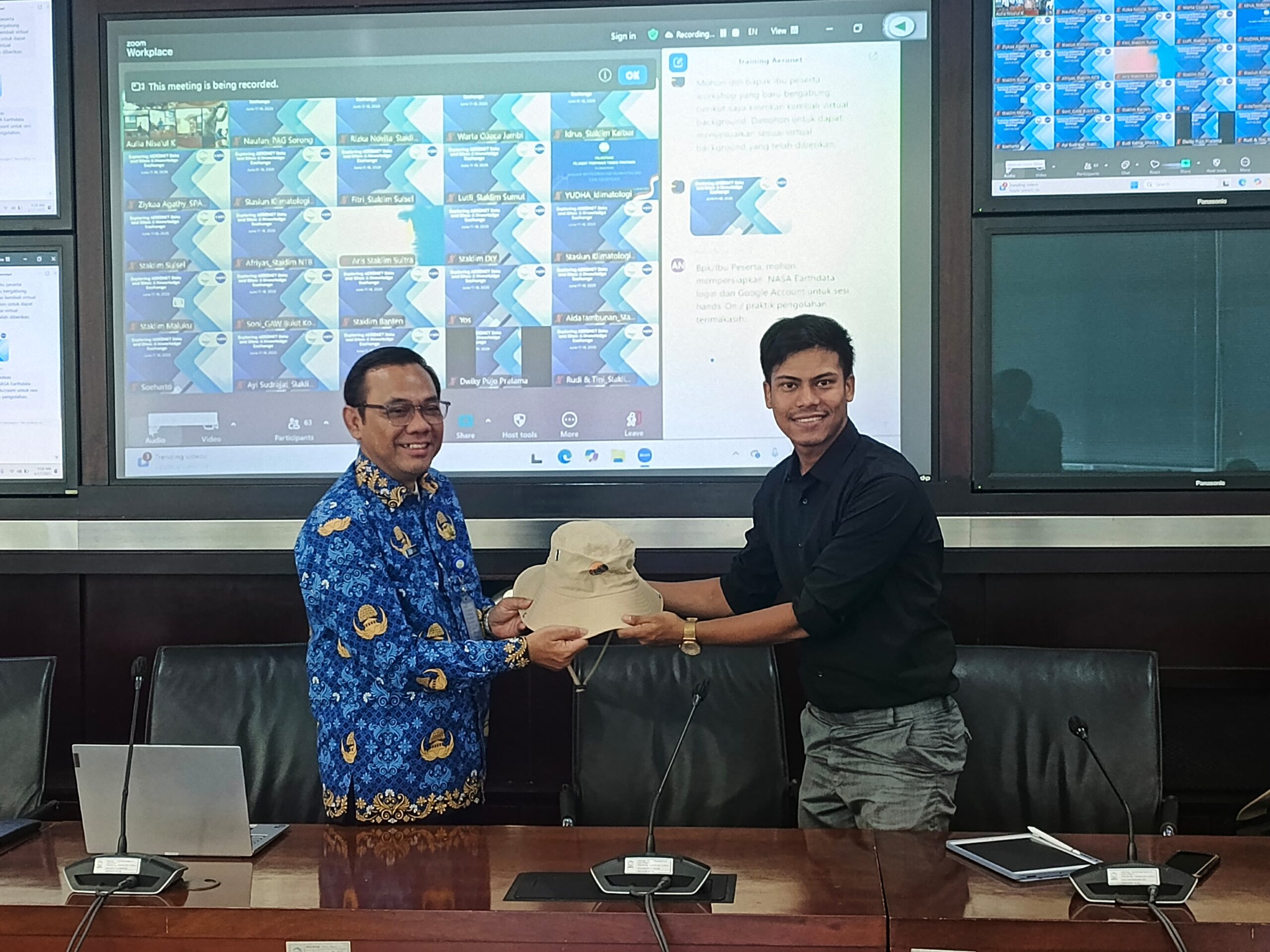
Leave a Reply